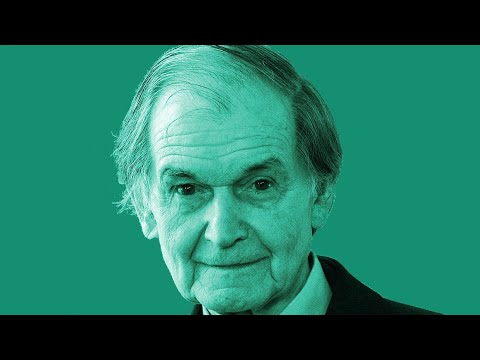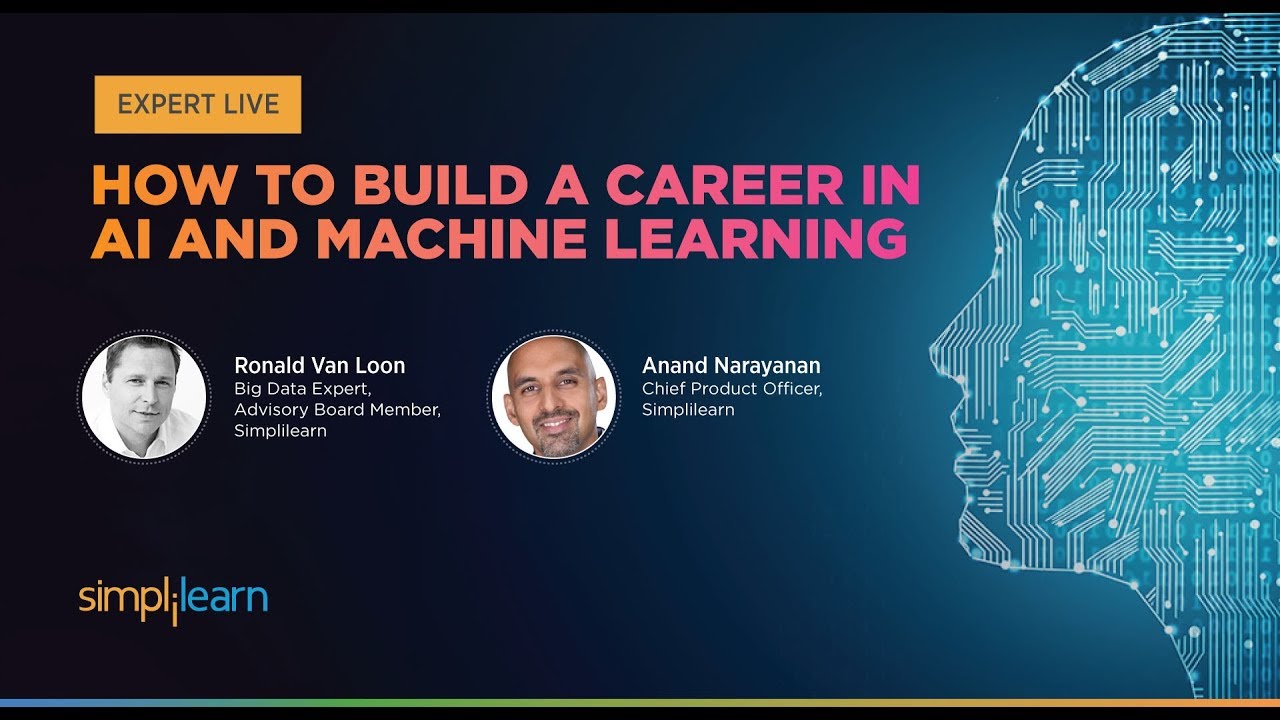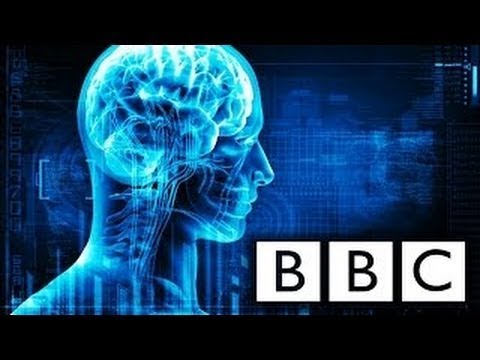Gabriele Martufi
http://gabrielemartufi.altervista.org
© Roger Penrose / https://penroseinstitute.com / 2021
Sir Roger Penrose OM FRS HonFInstP is a British mathematician, mathematical physicist, philosopher of science and Nobel Laureate in Physics. He is Emeritus Rouse Ball Professor of Mathematics at the University of Oxford, an emeritus fellow of Wadham College, Oxford, and an honorary fellow of St John’s College, Cambridge, and University College London. Penrose has contributed to the mathematical physics of general relativity and cosmology. He has received several prizes and awards, including the 1988 Wolf Prize in Physics, which he shared with Stephen Hawking for the Penrose–Hawking singularity theorems, and one half of the 2020 Nobel Prize in Physics “for the discovery that black hole formation is a robust prediction of the general theory of relativity”. A black hole (black holes) is a region of spacetime where gravity is so strong that nothing – no particles or even electromagnetic radiation such as light – can escape from it. The theory of general relativity predicts that a sufficiently compact mass can deform spacetime to form a black hole. The boundary of no escape is called the event horizon. Although it has a great effect on the fate and circumstances of an object crossing it, it has no locally detectable features according to general relativity. In many ways, a black hole acts like an ideal black body, as it reflects no light. Moreover, quantum field theory in curved spacetime predicts that event horizons emit Hawking radiation, with the same spectrum as a black body of a temperature inversely proportional to its mass. This temperature is of the order of billionths of a kelvin for stellar black holes, making it essentially impossible to observe directly. It was in the local context of gravitational collapse that the contribution of Penrose was most decisive, starting with his 1969 cosmic censorship conjecture, to the effect that any ensuing singularities would be confined within a well-behaved event horizon surrounding a hidden space-time region for which Wheeler coined the term black hole, leaving a visible exterior region with strong but finite curvature, from which some of the gravitational energy may be extractable by what is known as the Penrose process, while accretion of surrounding matter may release further energy that can account for astrophysical phenomena such as quasars. Penrose has written books on the connection between fundamental physics and human (or animal) consciousness. In The Emperor’s New Mind (1989), he argues that known laws of physics are inadequate to explain the phenomenon of consciousness. Penrose proposes the characteristics this new physics may have and specifies the requirements for a bridge between classical and quantum mechanics (what he calls correct quantum gravity). Penrose uses a variant of Turing’s halting theorem to demonstrate that a system can be deterministic without being algorithmic. (For example, imagine a system with only two states, ON and OFF. If the system’s state is ON when a given Turing machine halts and OFF when the Turing machine does not halt, then the system’s state is completely determined by the machine; nevertheless, there is no algorithmic way to determine whether the Turing machine stops.) Penrose believes that such deterministic yet non-algorithmic processes may come into play in the quantum mechanical wave function reduction, and may be harnessed by the brain. He argues that computers today are unable to have intelligence because they are algorithmically deterministic systems. He argues against the viewpoint that the rational processes of the mind are completely algorithmic and can thus be duplicated by a sufficiently complex computer. This contrasts with supporters of strong artificial intelligence, who contend that thought can be simulated algorithmically. He bases this on claims that consciousness transcends formal logic because factors such as the insolubility of the halting problem and Gödel’s incompleteness theorem prevent an algorithmically based system of logic from reproducing such traits of human intelligence as mathematical insight. These claims were originally espoused by the philosopher John Lucas of Merton College, Oxford. The Penrose–Lucas argument about the implications of Gödel’s incompleteness theorem for computational theories of human intelligence has been widely criticised by mathematicians, computer scientists and philosophers, and the consensus among experts in these fields seems to be that the argument fails, though different authors may choose different aspects of the argument to attack. Penrose responded to criticism of The Emperor’s New Mind with his follow-up 1994 book Shadows of the Mind, and in 1997 with The Large, the Small and the Human Mind. In those works, he also combined his observations with those of anesthesiologist Stuart Hameroff.
https://en.wikipedia.org/wiki/Roger_Penrose
Source




Is THIS hope for Andres Sandberg's/Tipler's desire for immortality?
Thankyou
Excellent video! Subscribed.
It's becoming clearer that with all the brain and consciousness theories out there, the proof will be in the pudding. By this I mean, can any particular theory be used to create a human adult level conscious machine. My bet is on the late Gerald Edelman's Extended Theory of Neuronal Group Selection. The lead group in robotics based on this theory is the Neurorobotics Lab at UC at Irvine. Dr. Edelman distinguished between primary consciousness, which came first in evolution, and that humans share with other conscious animals, and higher order consciousness, which came to only humans with the acquisition of language. A machine with primary consciousness will probably have to come first.
The thing I find special about the TNGS is the Darwin series of automata created at the Neurosciences Institute by Dr. Edelman and his colleagues in the 1990's and 2000's. These machines perform in the real world, not in a restricted simulated world, and display convincing physical behavior indicative of higher psychological functions necessary for consciousness, such as perceptual categorization, memory, and learning. They are based on realistic models of the parts of the biological brain that the theory claims subserve these functions. The extended TNGS allows for the emergence of consciousness based only on further evolutionary development of the brain areas responsible for these functions, in a parsimonious way. No other research I've encountered is anywhere near as convincing.
I post because on almost every video and article about the brain and consciousness that I encounter, the attitude seems to be that we still know next to nothing about how the brain and consciousness work; that there's lots of data but no unifying theory. I believe the extended TNGS is that theory. My motivation is to keep that theory in front of the public. And obviously, I consider it the route to a truly conscious machine, primary and higher-order.
My advice to people who want to create a conscious machine is to seriously ground themselves in the extended TNGS and the Darwin automata first, and proceed from there, by applying to Jeff Krichmar's lab at UC Irvine, possibly. Dr. Edelman's roadmap to a conscious machine is at https://arxiv.org/abs/2105.10461